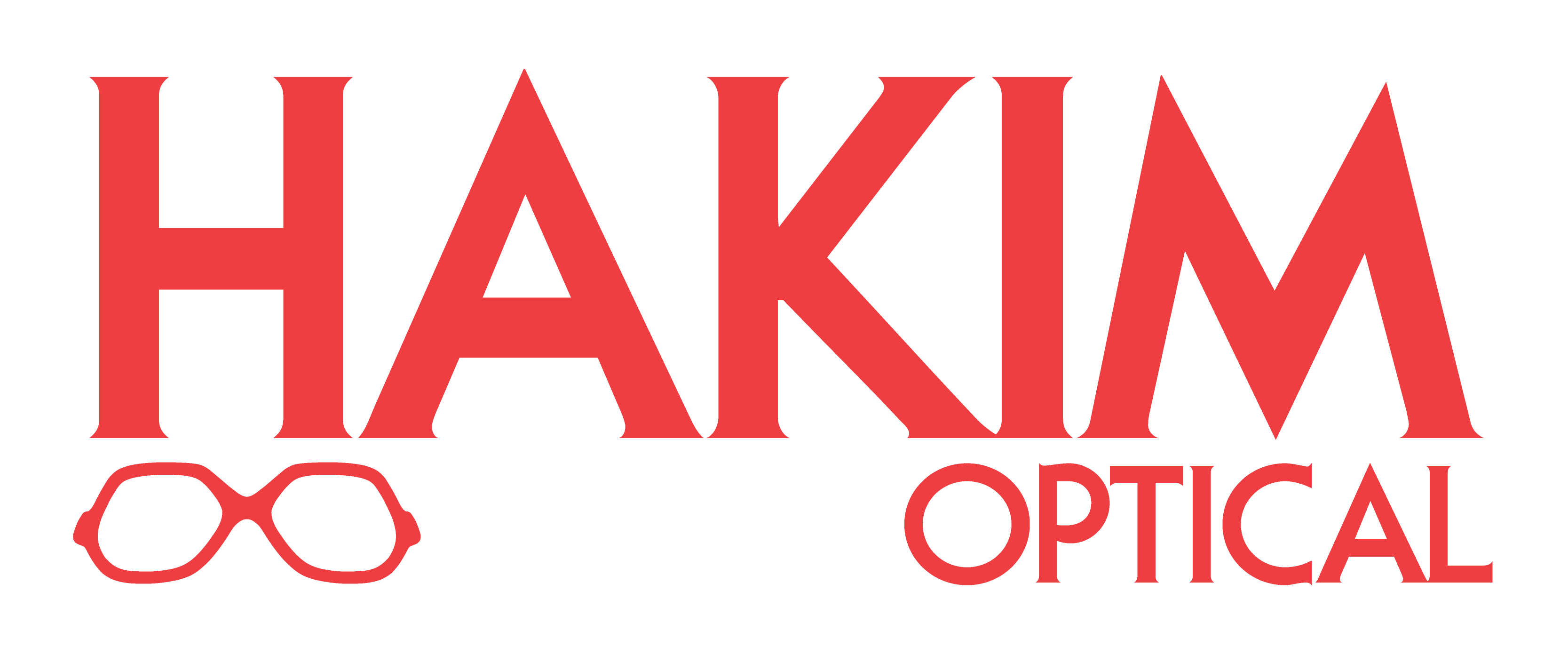It’s easy to take glasses for granted in Canada, there are optical stores around every corner and many companies offer coverage when you purchase a pair. We find that many customers that wear our products still want to know how glasses work.
For a long period of time and still in some parts of the world, glasses weren’t as readily available as they are today. Often, you don’t even need to know how they work, you simply go to the store, show your prescription and in a week you’ll have perfect vision whenever you put them on. However, if you are curious as to what makes this possible or you’re preparing for a post-apocalyptic world and you need to know how to make your own glasses, let us break it down for you.
To understand how glasses work, you have to understand why your vision is impaired, eyesight impairment is based on the structure and shape of your eye. Here are examples of eyes with some of the common sight impairments:
One of the main causes of impaired vision is Myopia, also known as Nearsightedness. Myopia is caused by the eyeball being too long and Hyperopia (Farsightedness) is caused by the eyeball being too short. When your eyeballs are these shapes, light isn’t able to reach your lens when bouncing off objects from a certain distance and the image is blurred.
The normal eye in the diagram is a shape that both your lens and cornea can adjust too at any distance, by opening and flattening your lens for things far away and relaxing and shrinking your lens for things up close. These adjustments allow for the light to hit your eye properly.
Now that we understand the problem, solving it is simpler: redirect the light from certain distances so it hits your eye properly.
This is the purpose of most glasses, the lenses are the most important part of your glasses and there are many different kinds. The ones put into your frames are grinded by a professional, like the ones at Hakim Optical, into the shape that best corrects your vision. For Myopia, the lens is concaved, bending the light outward and making up for the adjustment your lens isn’t making. For Hyperopia, it’s the opposite, the lens is convexed bending the light inward and again correcting the adjustment your eye can’t make.
Once broken down like this, how glasses work is fairly simple, although finding the proper prescription and then creating a lens to correct it can be a little more difficult. You also have to find a pair of frames that fit your face, style and lenses. Luckily, we live in a society where these needs are met and most people who need them are able to receive glasses.
To make sure as many people receive the eye care they need, we also offer a service where you can donate glasses to any Hakim Optical and we can help the less fortunate receive the vision care they need.
Click here to browse our frames, lenses or to find a store near you.
Hakim Optical has received Readers’ Choice Awards for Best Optical Store, Best Optician and Lenswear Retailer in Toronto, Vancouver, Mississauga, Guelph, Brampton, Kitchener, St. Albert, Dufferin County and many other cities across Canada!
We have over 160 locations across Canada – providing prescription eyeglasses, contact lenses, sunglasses, safety glasses, children’s eyewear and one-hour service to meet all of our customers’ needs.

